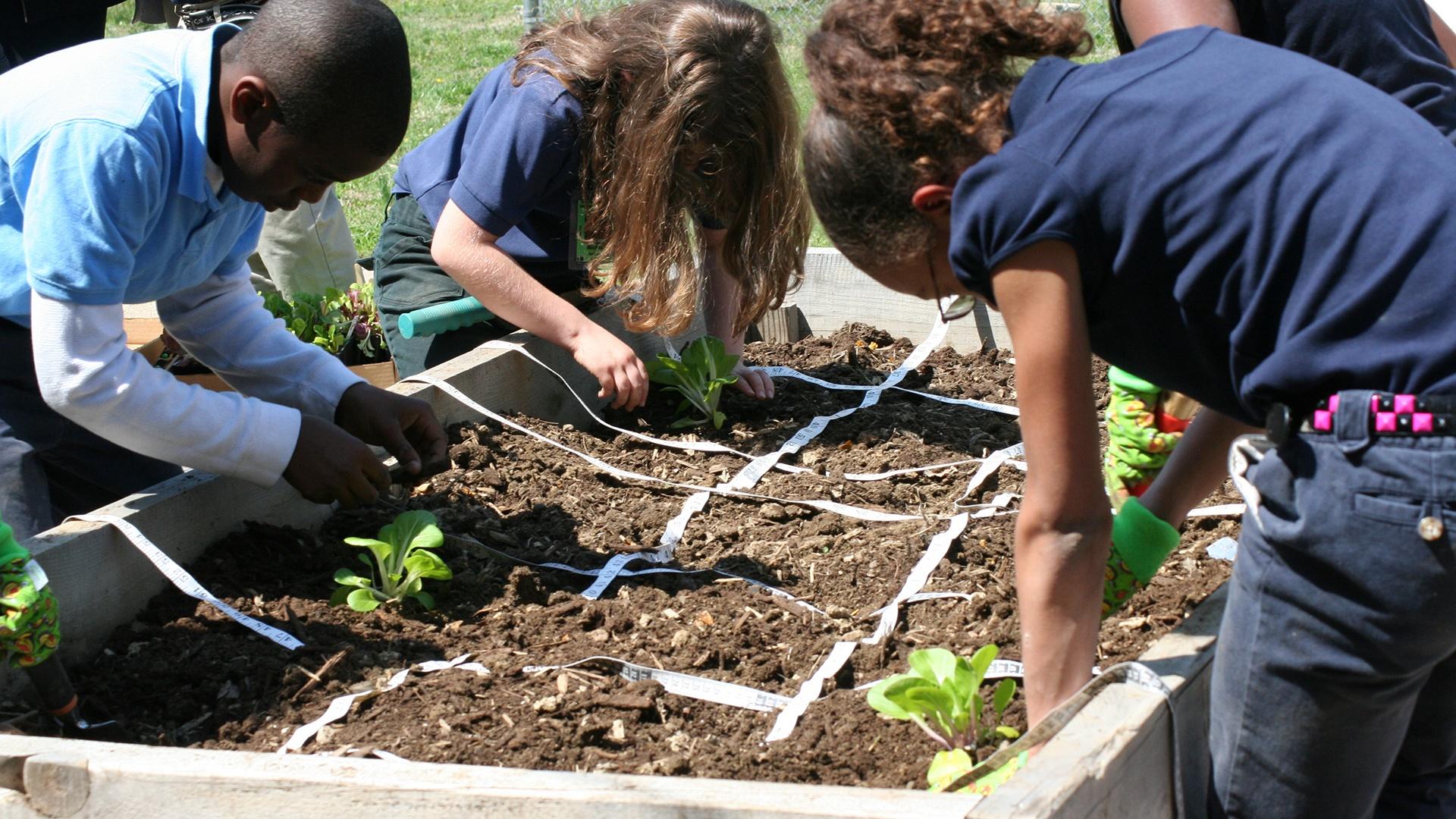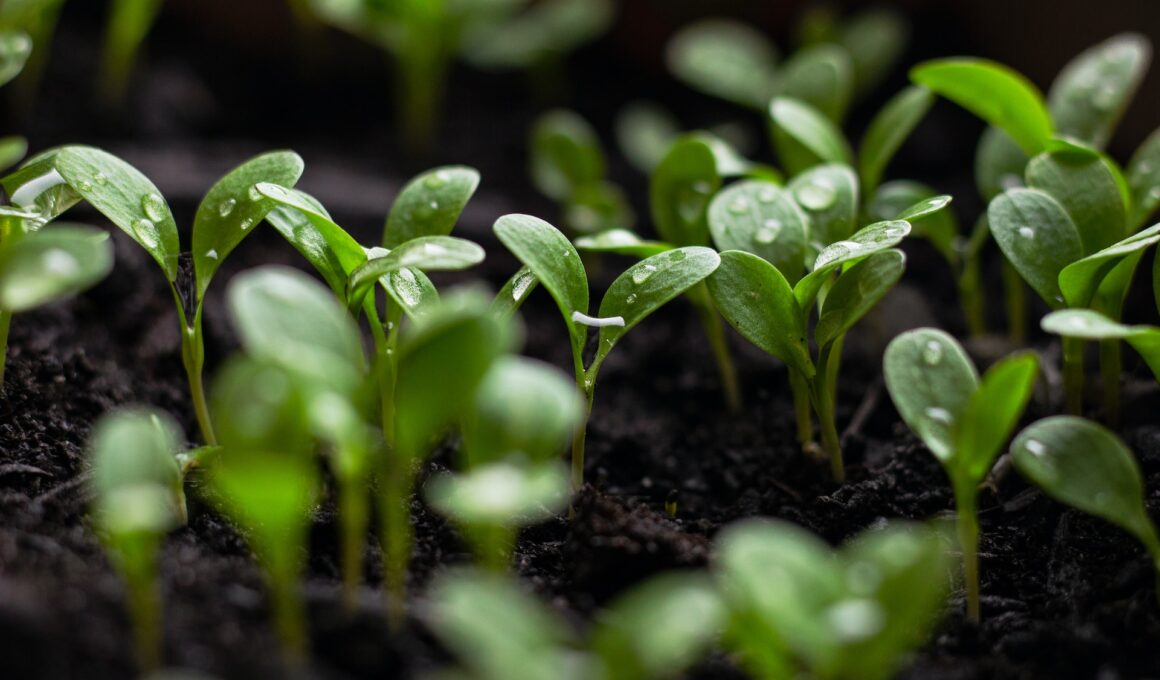
Introduction: The Imperative of Sustainable Landscaping
In an era defined by increasing environmental awareness, the concept of sustainable landscaping has moved from a niche trend to a mainstream necessity. Traditional landscaping practices often involve the unsustainable consumption of resources, the generation of significant waste, and the disruption of local ecosystems. Sustainable landscaping, on the other hand, seeks to minimize environmental impact while creating beautiful and functional outdoor spaces. A critical component of this approach is the effective recycling of landscape materials.
Landscape material recycling encompasses a range of practices aimed at diverting organic and inorganic waste from landfills and repurposing it for beneficial uses. This includes recycling yard waste (leaves, grass clippings, branches), construction and demolition debris (concrete, asphalt, wood), and other materials generated during landscape construction and maintenance. By embracing landscape material recycling, we can reduce our reliance on virgin resources, conserve energy, minimize pollution, and create healthier, more resilient landscapes. This comprehensive guide delves into the various aspects of sustainable landscape material recycling, exploring its benefits, processes, challenges, and best practices.
The Environmental and Economic Benefits of Landscape Material Recycling
The advantages of recycling landscape materials extend far beyond simple waste reduction. They encompass a wide range of environmental, economic, and social benefits that contribute to a more sustainable future.
Environmental Benefits
- Reduced Landfill Waste: Landfills are a major source of greenhouse gas emissions, particularly methane, a potent climate change agent. By diverting landscape waste from landfills, we can significantly reduce these emissions and conserve valuable landfill space.
- Conservation of Natural Resources: Recycling landscape materials reduces the need to extract and process virgin resources, such as timber, gravel, and topsoil. This conserves natural habitats, reduces deforestation, and minimizes the environmental impact associated with resource extraction.
- Improved Soil Health: Recycled landscape materials, such as compost and mulch, can be used to improve soil health and fertility. These materials add organic matter to the soil, enhancing its water-holding capacity, nutrient content, and microbial activity. Healthy soil is essential for plant growth and overall ecosystem health.
- Reduced Water Consumption: Mulch made from recycled landscape materials helps to retain soil moisture, reducing the need for frequent watering. This conserves water resources and lowers water bills.
- Reduced Use of Chemical Fertilizers and Pesticides: Healthy, nutrient-rich soil reduces the need for chemical fertilizers and pesticides, which can pollute waterways and harm beneficial organisms.
- Carbon Sequestration: Plants absorb carbon dioxide from the atmosphere during photosynthesis. By promoting healthy plant growth through sustainable landscaping practices, we can enhance carbon sequestration and mitigate climate change.
Economic Benefits
- Cost Savings: Recycling landscape materials can save money on waste disposal fees and the purchase of new materials. For example, composting yard waste can provide a free source of nutrient-rich soil amendment.
- Job Creation: The landscape recycling industry creates jobs in collection, processing, and marketing of recycled materials.
- Reduced Transportation Costs: Using locally sourced recycled landscape materials reduces transportation costs and emissions.
- Increased Property Values: Sustainable landscaping practices can increase property values by creating attractive and environmentally friendly outdoor spaces.
- Support for Local Economies: Purchasing recycled landscape materials from local businesses supports the local economy and reduces reliance on imported products.
Common Landscape Materials Suitable for Recycling
A wide variety of landscape materials can be recycled, ranging from organic waste to construction and demolition debris. Understanding the types of materials that can be recycled is the first step towards implementing a successful landscape recycling program.
Yard Waste
- Leaves: Leaves are an excellent source of organic matter and can be composted or used as mulch.
- Grass Clippings: Grass clippings can also be composted or used as mulch, but it’s important to avoid using clippings that have been treated with herbicides or pesticides.
- Branches and Twigs: Branches and twigs can be chipped and used as mulch or composted. Larger branches can be used for firewood or processed into lumber.
- Garden Waste: Vegetable scraps, weeds, and other garden waste can be composted.
Construction and Demolition Debris
- Concrete: Concrete can be crushed and used as aggregate for new construction projects or as a base material for roads and pathways.
- Asphalt: Asphalt can be recycled and used to produce new asphalt pavement.
- Wood: Untreated wood can be chipped and used as mulch or composted. Treated wood may require special handling and disposal.
- Bricks and Pavers: Bricks and pavers can be reused in new construction projects or crushed and used as aggregate.
- Stone: Stone can be reused in landscaping projects or crushed and used as aggregate.
- Metal: Metal can be recycled at metal recycling facilities.
Other Landscape Materials
- Plastic Pots and Containers: Plastic pots and containers can be recycled at plastic recycling facilities.
- Tires: Tires can be recycled and used to create rubber mulch or other landscaping products.
The Landscape Material Recycling Process: From Collection to Repurposing
The landscape material recycling process typically involves several key steps, from the initial collection of waste materials to their processing and repurposing into usable products.
Collection
The first step is the collection of landscape materials. This can be done through municipal curbside collection programs, drop-off centers, or private waste haulers. It’s important to separate recyclable materials from other waste to ensure that they can be processed effectively.
Processing
Once collected, landscape materials are transported to a processing facility where they are sorted, cleaned, and processed into usable products. The specific processing methods will vary depending on the type of material being recycled.
- Composting: Yard waste and other organic materials can be composted through a process of decomposition that transforms them into a nutrient-rich soil amendment.
- Chipping and Grinding: Branches, twigs, and wood debris can be chipped and ground into mulch or wood chips.
- Crushing: Concrete, asphalt, and other hard materials can be crushed into aggregate.
- Melting and Molding: Plastic can be melted and molded into new products.
Repurposing
The final step is the repurposing of recycled landscape materials. These materials can be used in a variety of applications, including:
- Mulch: Mulch made from recycled wood chips or compost can be used to suppress weeds, retain soil moisture, and improve soil health.
- Compost: Compost can be used as a soil amendment to improve soil fertility and plant growth.
- Aggregate: Crushed concrete and asphalt can be used as aggregate for new construction projects or as a base material for roads and pathways.
- Soil Stabilization: Recycled materials can be used to stabilize soil on slopes and prevent erosion.
- Playground Surfacing: Rubber mulch made from recycled tires can be used as a safe and durable playground surfacing material.
Challenges and Barriers to Landscape Material Recycling
Despite the numerous benefits of landscape material recycling, there are several challenges and barriers that can hinder its widespread adoption.
Contamination
Contamination of recyclable materials with non-recyclable waste is a major challenge. Contamination can reduce the quality of recycled products and make them more difficult to process. It’s important to educate the public about what materials can be recycled and how to properly prepare them for recycling.
Lack of Infrastructure
In some areas, there may be a lack of infrastructure for collecting and processing landscape materials. This can make it difficult for residents and businesses to recycle their waste. Investing in recycling infrastructure is essential for promoting landscape material recycling.
Market Demand
The demand for recycled landscape materials can fluctuate, which can affect the economic viability of recycling programs. Creating a stable market for recycled products is important for ensuring the long-term success of landscape material recycling.
Regulations and Policies
Regulations and policies can either promote or hinder landscape material recycling. Supportive policies, such as landfill bans on yard waste and incentives for using recycled materials, can encourage recycling. However, overly restrictive regulations can make it difficult for businesses to operate recycling facilities.
Public Awareness and Education
Many people are not aware of the benefits of landscape material recycling or how to properly recycle their waste. Public awareness and education campaigns are essential for promoting recycling and reducing contamination.
Best Practices for Implementing a Successful Landscape Material Recycling Program
To overcome the challenges and barriers to landscape material recycling, it’s important to implement best practices throughout the recycling process.
Source Reduction
The most effective way to reduce waste is to prevent it from being generated in the first place. This can be achieved through source reduction strategies, such as:
- Grasscycling: Leaving grass clippings on the lawn instead of bagging them.
- Composting: Composting yard waste and food scraps at home.
- Using Durable Materials: Choosing durable landscaping materials that will last longer and require less frequent replacement.
- Designing for Deconstruction: Designing landscape features so that they can be easily deconstructed and reused or recycled at the end of their lifespan.
Proper Sorting and Collection
Proper sorting and collection of recyclable materials are essential for preventing contamination and ensuring that materials can be processed effectively. This includes:
- Providing Clear Instructions: Providing clear instructions to residents and businesses about what materials can be recycled and how to properly prepare them for recycling.
- Using Separate Bins: Using separate bins for different types of recyclable materials.
- Regular Collection Schedules: Establishing regular collection schedules for recyclable materials.
Effective Processing Techniques
Using effective processing techniques is important for producing high-quality recycled products. This includes:
- Removing Contaminants: Removing contaminants from recyclable materials before processing.
- Using Efficient Equipment: Using efficient equipment to process recyclable materials.
- Monitoring Quality: Monitoring the quality of recycled products to ensure that they meet industry standards.
Market Development
Developing a stable market for recycled landscape materials is essential for the long-term success of recycling programs. This includes:
- Promoting the Use of Recycled Materials: Promoting the use of recycled materials in government projects and private construction.
- Providing Incentives: Providing incentives for businesses to use recycled materials.
- Educating Consumers: Educating consumers about the benefits of using recycled products.
Collaboration and Partnerships
Collaboration and partnerships are essential for promoting landscape material recycling. This includes:
- Working with Municipalities: Working with municipalities to develop and implement recycling programs.
- Partnering with Businesses: Partnering with businesses to collect and process recyclable materials.
- Engaging Community Groups: Engaging community groups to promote recycling and educate the public.
Examples of Successful Landscape Material Recycling Programs
Many communities around the world have implemented successful landscape material recycling programs. These programs provide valuable lessons and insights that can be applied to other areas.
City of San Francisco, California
San Francisco has a comprehensive waste management program that includes a strong emphasis on recycling and composting. The city has a mandatory recycling ordinance that requires residents and businesses to separate their waste into different categories, including recyclables, compostables, and trash. San Francisco also has a robust composting program that processes yard waste and food scraps into nutrient-rich compost.
Region of Waterloo, Ontario, Canada
The Region of Waterloo has a comprehensive waste management program that includes a strong emphasis on waste diversion. The region has a green bin program that collects yard waste and food scraps from residents and businesses. The green bin material is processed into compost, which is then used in landscaping and agriculture.
City of Curitiba, Brazil
Curitiba is known for its innovative and sustainable urban planning practices. The city has a comprehensive waste management program that includes a strong emphasis on recycling. Curitiba’s recycling program involves a network of cooperatives that collect and process recyclable materials. The program provides employment opportunities for low-income residents and helps to keep the city clean and green.
The Future of Sustainable Landscape Material Recycling
The future of sustainable landscape material recycling is bright. As environmental awareness continues to grow and regulations become stricter, the demand for recycled landscape materials will likely increase. Advances in technology will also make it easier and more cost-effective to recycle landscape materials.
Some emerging trends in landscape material recycling include:
- Advanced Composting Technologies: Advanced composting technologies, such as anaerobic digestion, can process a wider range of organic waste and produce biogas, a renewable energy source.
- Automated Sorting Systems: Automated sorting systems can improve the efficiency and accuracy of recycling processes.
- 3D Printing with Recycled Materials: 3D printing technology can be used to create new products from recycled landscape materials, such as planters and garden furniture.
- Bioplastics: Bioplastics made from renewable resources can be used as a sustainable alternative to traditional plastics in landscaping applications.
Conclusion: Embracing a Circular Economy in Landscaping
Sustainable landscape material recycling is an essential component of a circular economy, where resources are used and reused as efficiently as possible. By embracing landscape material recycling, we can reduce waste, conserve natural resources, improve soil health, and create healthier, more resilient landscapes. As we move towards a more sustainable future, landscape material recycling will play an increasingly important role in protecting our environment and building a more prosperous society. It’s not just about disposing of waste responsibly; it’s about transforming waste into valuable resources that can be used to create beautiful and functional outdoor spaces. By making informed choices and supporting sustainable practices, we can all contribute to a greener and more sustainable future for landscaping.



